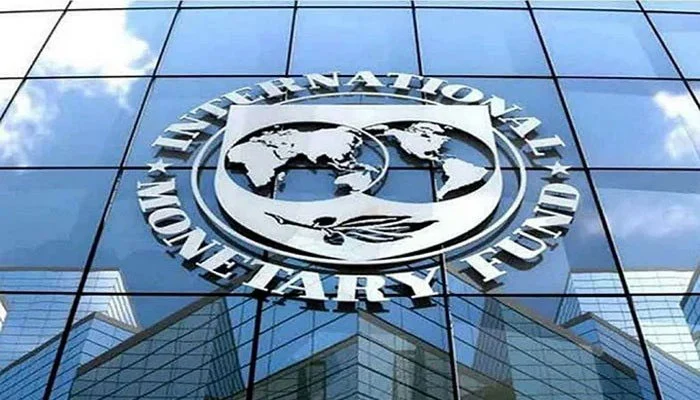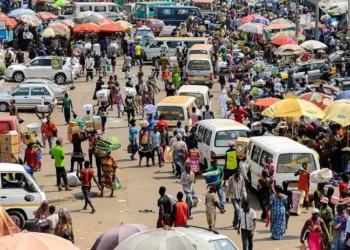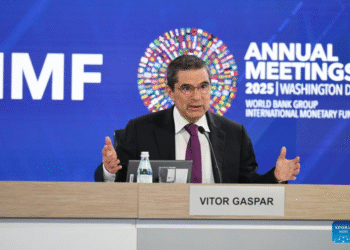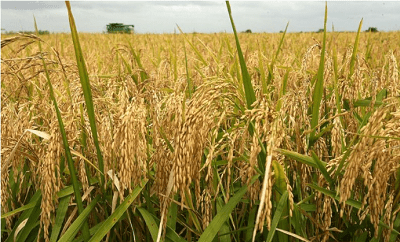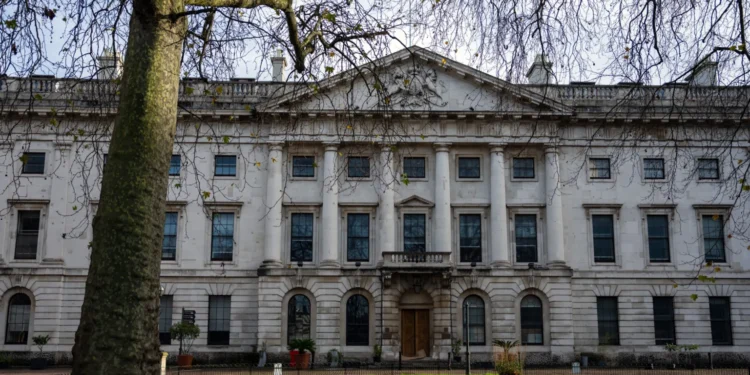Ghana’s current account deficit is expected to widen by 0.6 percentage points in 2022 compared to last year as the country is projected to import more goods and services this year than it will export.
According to the International Monetary Fund (IMF), Ghana’s trading activities with the rest of the world will result in its current account balance deteriorating further with the deficit widening to 3.6 percent in 2022, up from 3.0 percent last year. IMF however, expects the deficit to improve marginally next year to end 2023 at 3.5 percent.
The current account deficit, an indication that the value of the goods and services that a country imports exceeds the value of the products it exports, is expected to widen across the Sub-Saharan African region this year.
However, Ghana’s estimates by the Bretton Woods Institution are far higher than the 1.7 percent and 2.5 percent projected for the Sub-Saharan African region in 2022 and 2023, respectively.

Among its peer Middle-income countries in Africa, Ghana’s current account balance is projected to be among the worse on the continent in the next two years. Figures from the IMF show that the average current account balance for middle-income countries in Africa will deteriorate from a surplus of 0.6 percent in 2021 to a deficit of 1.1 percent in 2022. The Fund however, expects the deficit for these group of countries to widen further in 2023 to an average of 2.0 percent.
Low-Income Countries such as Ethiopia, Kenya, Tanzania, Uganda, Mali, and Burkina Faso, per IMF’s classifications, are expected to experience a major decline in their current account balances this year and the next. From an average deficit of 5.0 percent in 2021, the average current account deficit for these countries is expected to widen to 6.5 percent in 2022 before narrowing to a deficit of 6.1 percent in 2023.
Trade Balance declined last year
Data from the Bank of Ghana show that the Ghana’s trade account recorded a lower surplus of US$1.1 billion last year compared with a surplus of US$2.0 billion recorded for the corresponding period of 2020. The decline in the trade balance was due to a higher import outturn, driven mainly by increased demand for refined petroleum products imports during the year.
Consistent with a pick-up in economic activities, total imports rose by 3.0 percent year-on-year to US$13.6 billion in 2021.
With regard to exports, earnings amounted to US$14.7 billion in 2021, up by 1.8 percent. The marginal growth in exports was, however, below the pre-pandemic growth of 5.9 percent. Improved receipts from cocoa and crude oil boosted exports performance notwithstanding the decline in gold receipts. Gold earnings declined sharply from US$6.8 billion in 2020 to US$5.1 billion in 2021 largely as a result of a 26.8 percent shortfall in output.
External sector outlook for 2022
Developments in the trade account, together with higher investment income outflows arising from increased interest payments, profits and dividend repatriation, resulted in a widened current account deficit of US$2.5 billion at the end of 2021, compared with US$2.1 billion recorded at the same time the previous year.
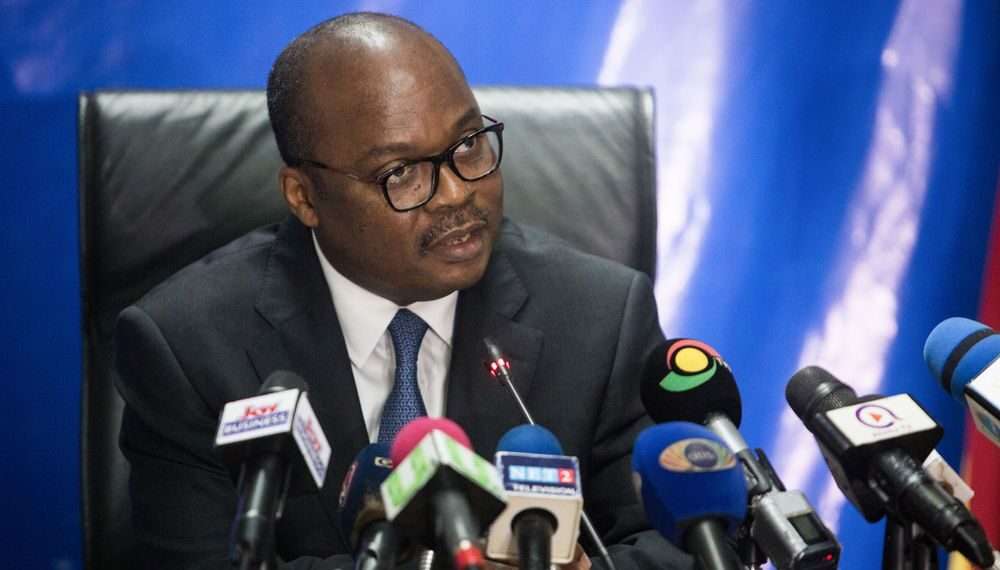
Initial projections under the baseline scenario by the Bank of Ghana suggest a drawdown in reserves in 2022 based on a projected widening in the current account deficit and lower inflows into the financial account. “The expected deterioration in the current account will be driven by a lower trade surplus, and higher outflows in the investment and services account”, the BoG stated in its Balance of Payment Outlook for 2022.
READ ALSO: ‘Gob3’ Tops Jumia Ghana’s Most Popular Online Local Food Delivery Orders



